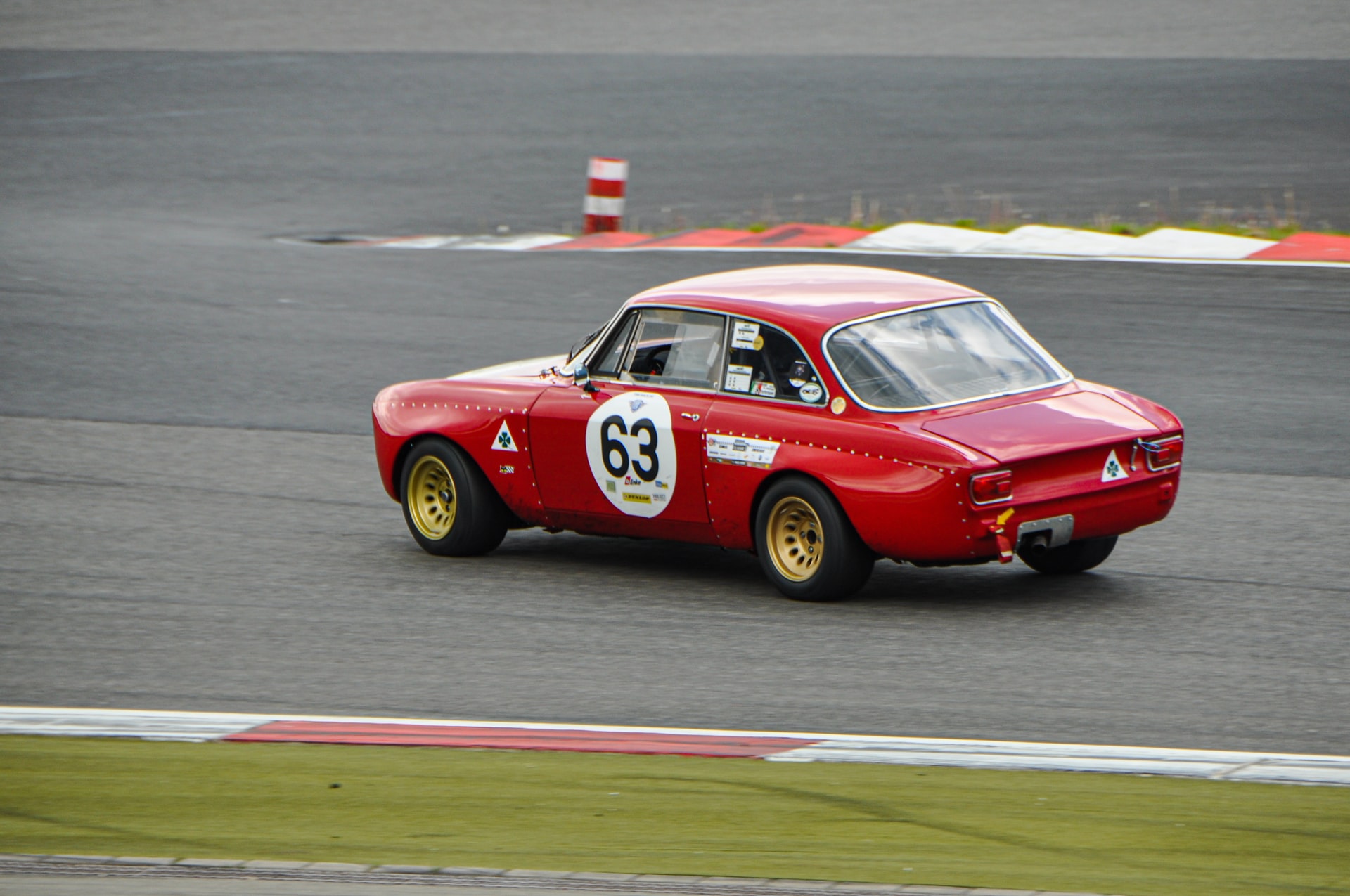
Summary
Goals
Approach
Result
Lessons
Alfa Romeo had the idea of making a family car with the same technology as a racing car because, of course, Formula 1 cars are not suitable for use on public roads.
In 1984, Alfa Romeo developed a 3.5-litre V10 Formula 1 engine for the Alfa Romeo 1035 project. When Fiat took over Alfa Romeo in 1986, Fiat wanted to stop the project because it didn't like the idea of developing a racing car. This would mean that the newly developed engine would not be used. A year later, Fiat was briefly owned by the Brabham racing team, which had to make a chassis for the V10 engine. The rest of the car was also designed and that design was very similar to Alfa Romeo's family car: the Alfa 164. The car that is created is called the Pro Car and is thus a racing car disguised as a family car. The idea was to have Pro Cars of different makes race against each other in the pre-flight of Formula 1, with F1 drivers. This special race was to be called Formula S, with the S for "silhouette". Alfa Romeo was an enthusiastic participant and the racing fans were also very keen, but the other manufacturers, including Honda, Ford and Renault, dropped out.
With the withdrawal of other car manufacturers, the project had no future. The F-1 driver Riccardo Patrese drove the Pro Car on the Monza circuit on 9 September 1988, but had difficulty with the poorly tested model. After two laps he called it quits. Only two 164 Pro Cars were made and they are now on display in the Alfa Romeo museum in Italy.
The car manufacturer Alfa Romeo had the idea of making a racing car that looked like an ordinary car. Special races could be held with this kind of car, called Pro Cars: Formula S races. Alfa Romeo and racing fans were already enthusiastic, but other car manufacturers unfortunately did not cooperate with the plan.

Comments (0)